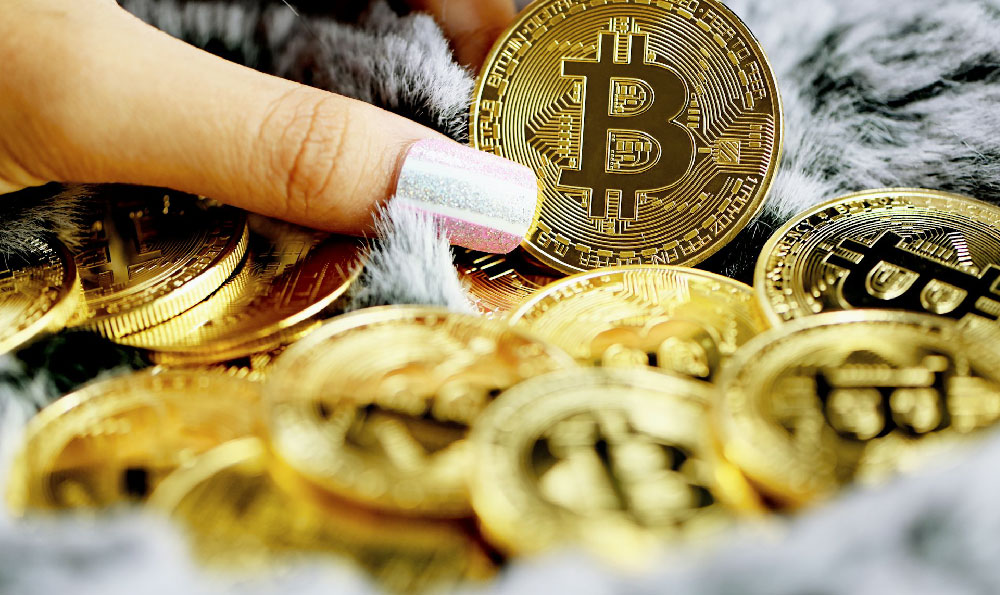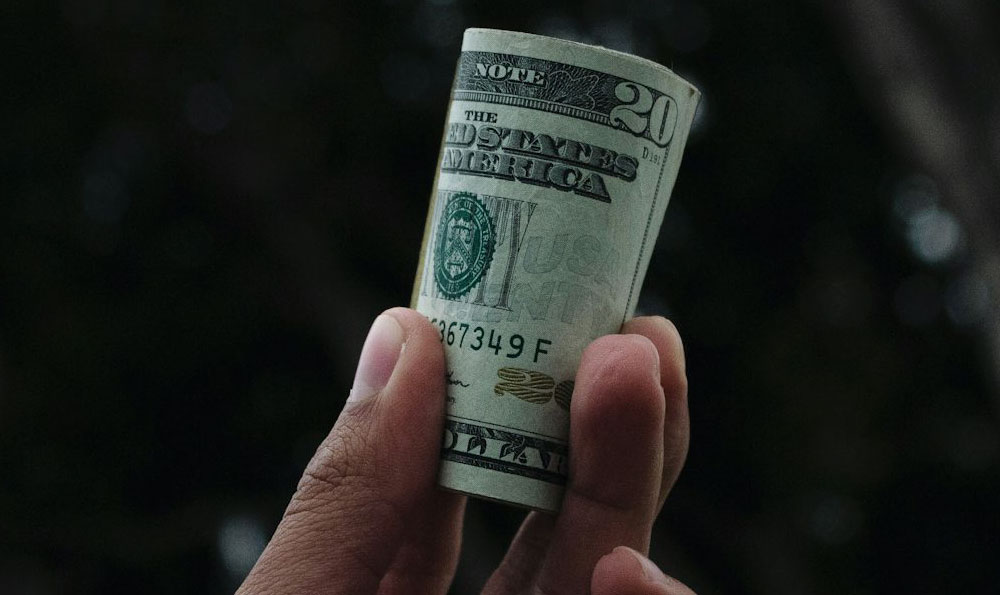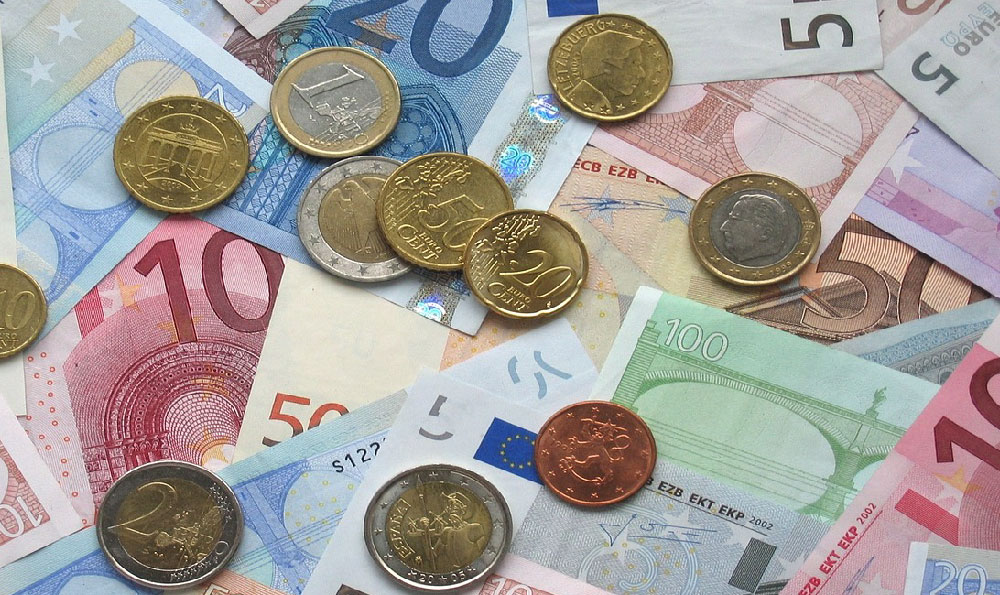The U.S. currency, in the form of paper money and coins, is a symbol of national identity and economic stability. While the question of who manufactures it may seem straightforward, the answer reveals a complex interplay between government institutions, financial systems, and historical developments. The production of U.S. dollars involves multiple layers of oversight and collaboration, with different entities playing distinct roles in the process. At the core of this system is the United States Department of the Treasury, which oversees the entire process of currency creation, distribution, and management. However, the actual physical manufacturing of the currency is handled by the Bureau of Engraving and Printing (BEP), a federal agency that is responsible for producing the paper notes, while the U.S. Mint handles the production of coins. This division of labor ensures that each aspect of the currency—its design, security, and durability—is meticulously addressed by specialized teams.
The journey of a U.S. dollar begins with its design. The U.S. Treasury, through its Bureau of Engraving and Printing, is tasked with creating the visual elements of the currency, including the portraits, symbols, and engravings that appear on banknotes. These designs are typically approved by Congress, with the Federal Reserve System often participating in discussions about the physical characteristics of the currency. The BEP uses advanced printing technologies to produce the notes, incorporating intricate details such as watermarks, security threads, and micro-printing to prevent counterfeiting and ensure the authenticity of the currency. The process of designing and printing banknotes is both an art and a science, requiring a balance between aesthetic appeal and robust security features.
Once the notes are created, they are distributed to the Federal Reserve System, which is responsible for managing the circulation of currency. The Federal Reserve, as the central banking system of the United States, plays a crucial role in controlling the money supply and ensuring that the currency remains in the hands of the public. Through a network of regional banks, the Federal Reserve delivers freshly printed currency to financial institutions such as banks and credit unions, where it is then used for everyday transactions. This distribution system is designed to maintain efficiency and minimize disruptions in the financial markets.

The U.S. Mint, on the other hand, focuses on the production of coins, which are used for smaller denominations and as a medium of exchange in various sectors. The Mint's responsibilities include the design, manufacturing, and distribution of coins, with a keen emphasis on their durability and security. Historically, the Mint has been at the forefront of innovation, introducing new technologies and materials to enhance the resilience of U.S. coins against wear and tampering. The process of creating coins involves a combination of minting techniques, such as stamping and engraving, to produce high-quality, secure currency units.
Understanding the manufacturers of U.S. currency is essential to grasping the broader context of monetary policy and national economic strategy. The collaboration between the Treasury, the Federal Reserve, and the Mint ensures that U.S. money remains a reliable and trusted medium of exchange. As the economy evolves, so too does the technology and design of the currency, reflecting advancements in security and the changing needs of the financial system. The manufacturing of U.S. currency is a testament to the country's commitment to maintaining a strong and stable financial foundation, one that supports both domestic and international economic activities.











